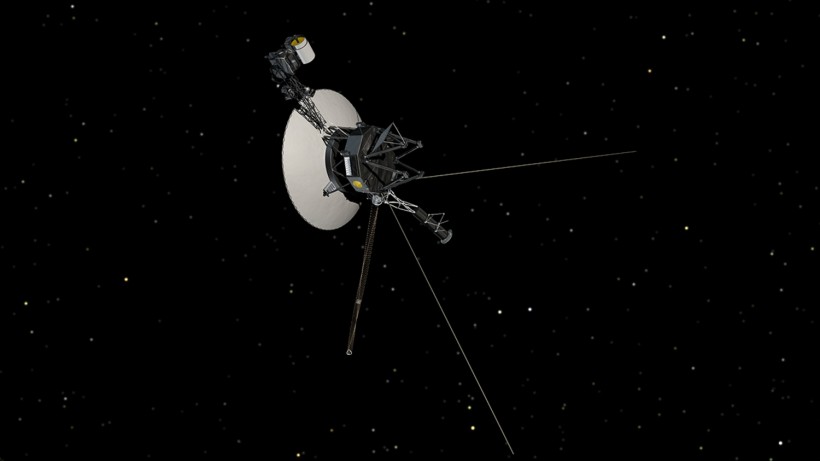No more worries for one of the oldest spacecraft floating around in space, as the Voyager 2 successfully sent back a signal and started streaming data back to the home planet. The NASA Deep Space Network team has sent a "shout" to the spacecraft that is almost 20 billion kilometers away and after a grueling period, it responded.
For almost 50 years, the NASA Voyager 2 has been the source of information on different planets in its long-term interstellar mission, providing significant knowledge to humans.
Voyager 2 is All Good, Successfully Sends Back Data

(Photo : NASA/JPL-Caltech)
NASA and JPL updated their post regarding Voyager 2, initially reporting that it lost communication after a human error caused its beam to slightly face away from the planet, essentially losing a way to contact home. Earlier this Friday, August 4, the Voyager 2 was able to successfully receive a signal and relay its data back to the Earth.
Earlier this August, the team was able to receive a signal from the Voyager 2 and was able to determine the status of the spacecraft which floated in space without any communications for about a week.
It took 18.5 hours to send the signal to Voyager 2 from the planet to give it a command to re-orient itself and connect with the planet once more. After the same amount of time, the Voyager 2 successfully sends back a signal, with a total time of 37 hours.
Read Also: NASA's Distant Aircrafts After More Than 50 Years: Pioneer 10, Voyager 1, More
NASA Gave it a 'Shout'
NASA's Deep Space Network facility in Canberra, Australia gave the spacecraft an intergalactic equivalent of a "shout" command, 12.3 billion miles away (19.9 billion kilometers). At 12:29 AM EDT on August 4, the Voyager 2 was able to successfully send back science and telemetry data after being silent for almost a week.
The spacecraft's data claimed that it is operating normally and remains on its expected trajectory.
Voyager Mission
NASA celebrated the 45 years of the Voyager mission last 2022, and it was an iconic milestone dubbed as the "longest-lived" mission of NASA in the intergalactic cosmos. What's even more iconic is that it is a twin mission, with the Voyager 1 and Voyager 2 spacecraft going side-by-side on its launch, providing the world with a handful of space data during the early age of space exploration.
Moreover, NASA's Jet Propulsion Laboratory (JPL) scientists found a way to tap into its backup reserve power which further extends the mission until 2026. It was initially thought of to be running on its final power, but the backup reserve will give it the juice it needs to continue the mission for another three years, right before its 50th anniversary.
While the Voyager 2 did not lose power in late July which caused it to lose communications with NASA, a human error has directed it to slightly deviate from its position that maintains its signal home. After its repositioning and acquiring a signal, the Voyager 2 has now successfully got back on track to send back its trove of data and communicate with the world.
Related Article: NASA Temporarily Loses Contact with Voyager 2 that's Almost 20B km Away-Why is it Not a Concern?









